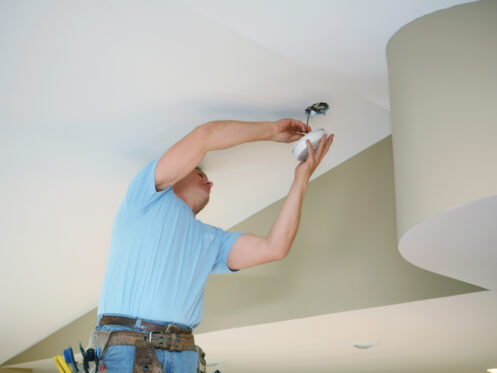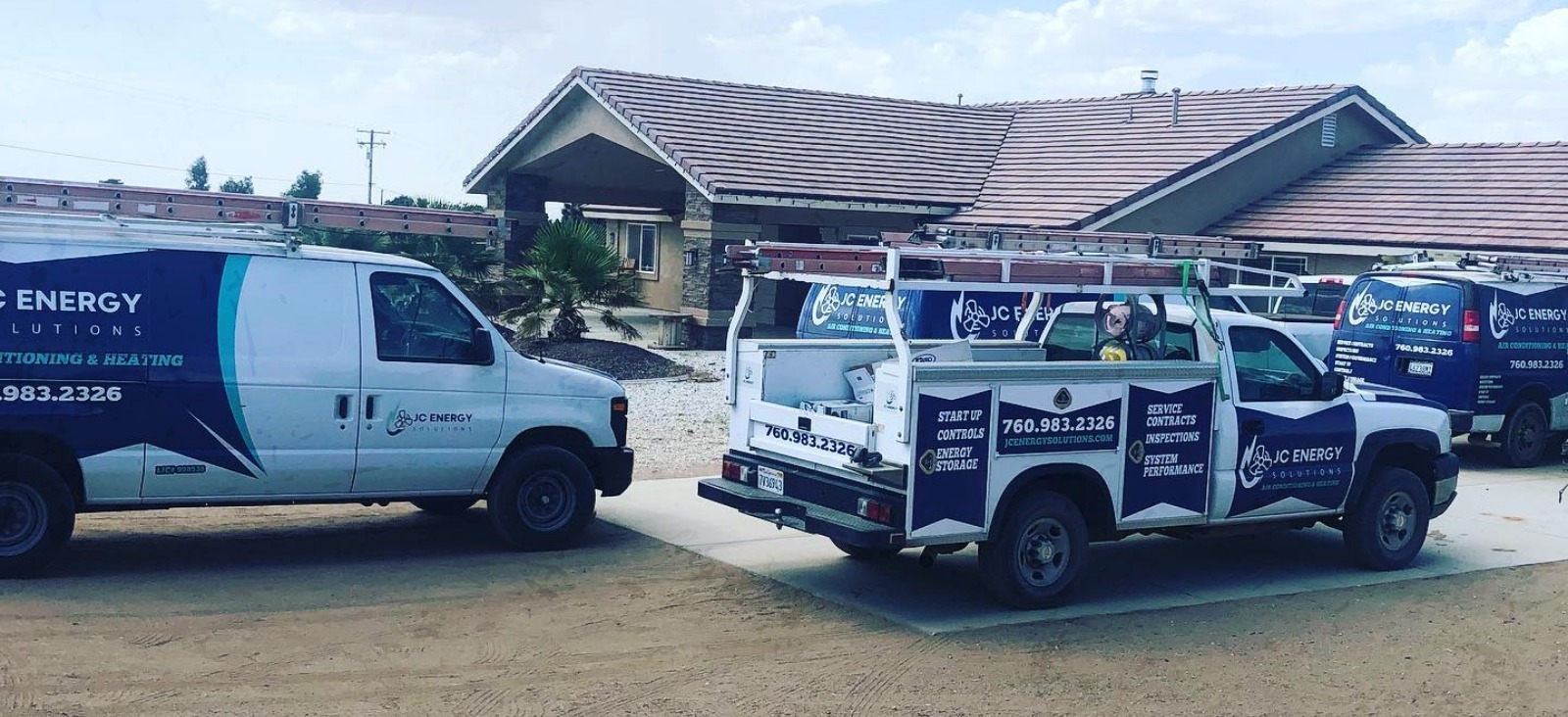Carbon monoxide poisoning results in the death of over 1,000 Americans every year and sends even more to the emergency room. The biggest issue with carbon monoxide is that it is colorless and odorless, which means it is not easy to detect. That’s why, if you have any gas-burning appliances in your home, it’s important that you take all of the following steps we’ll discuss to reduce the risk of carbon monoxide exposure or poisoning.
Install Carbon Monoxide Detectors and Test Them Monthly
Having carbon monoxide detectors in your home is the best way to prevent or at least lessen the risk of carbon monoxide exposure or fatal CO poisoning. Homes that have any gas-burning appliances should have one carbon monoxide detector installed approximately 15 feet away from each of these appliances. If you have an attached garage, you should also have a detector next to the interior door that leads to the garage. There should also be additional detectors in any rooms above the garage. Lastly, there should be a detector within 10 feet or so from the door to every bedroom. If possible, it would be best to have each detector mounted on a wall around five feet up from the floor.
To make sure that all of your carbon monoxide detectors still work, you should test each one every month. If the sensor is functioning, it will beep when you press the test button. If it doesn’t beep, you may need to replace the batteries or the detector itself. CO detectors typically have a lifespan of around five to seven years, so you also need to make sure that you replace them as needed.
Opt for Hardwired CO Detectors Instead of Battery Units
Battery-powered carbon monoxide detectors are cheaper, and you can install and replace them on your own. While hardwired detectors need to be installed by an electrician, they are considered much safer and more reliable. All hardwired detectors have a battery backup that allows them to continue working if the power is out. Still, the reason that they are the better option is that every unit in the home is wired together and interconnected. This means that if one unit detects carbon monoxide and goes off, every other unit will also immediately sound the alarm. Battery-powered units aren’t interlinked, so you may not always hear if one goes off in a different part of your home.
Make Sure All Gas-Burning Appliances Produce Blue Flames
Natural gas normally burns completely cleanly and only produces water vapor and carbon dioxide. However, if the gas doesn’t fully combust, appliances and HVAC systems produce harmful emissions. You can easily check gas-burning heaters, like a furnace, to see if the gas is fully combusting and burning cleanly by looking at the color of the flames, and this is something we recommend doing regularly.
A steady, bright blue flame indicates that the gas is being fully combusted. Yellow or orange flames are a sign of incomplete combustion. If there is an issue, you will usually see that the flames are weaker than usual and flicker quite a bit. If you ever notice yellow or orange flames, you should immediately shut the unit off until you can have it inspected by a professional.
Have All Gas Appliances Inspected and Serviced Yearly
Having any gas appliances like a furnace, fireplace, or water heater inspected and serviced by a certified professional at least once a year is essential for preventing carbon monoxide issues. When inspecting the appliance, a plumber or HVAC technician will always check that the unit is properly venting all its emissions outside and that the exhaust flue isn’t damaged or clogged. They will also make sure that the unit is working correctly and burning gas cleanly since, again, the only time carbon monoxide will be produced is if the unit has some issue and isn’t working correctly.
Gas appliances also require regular cleaning to work correctly and to prevent them from producing carbon monoxide. One of the most essential tasks in this regard is fully scrubbing the burners and gas ports. If the burners are overly dirty or the gas ports have started to clog, it will usually lead to incomplete combustion and carbon monoxide being produced.
JC Energy Solutions is the company to trust for all of your HVAC and water heater needs in Oak Hills and the Victor Valley area. Our certified HVAC technicians and plumbers can help inspect and service your furnace and water heater to ensure they are working properly and are not producing harmful emissions. We’re also ready to help if you need heating, air conditioning, water heater repairs, or installation services. If you need to schedule an inspection or service call, contact us today to get the expert help your family deserves.







